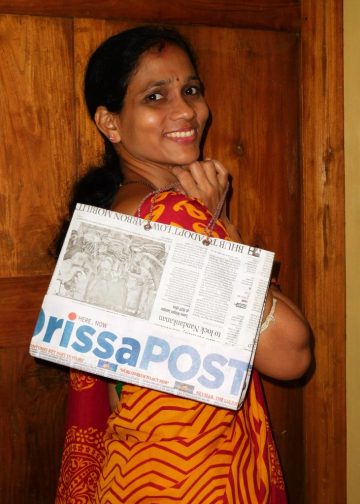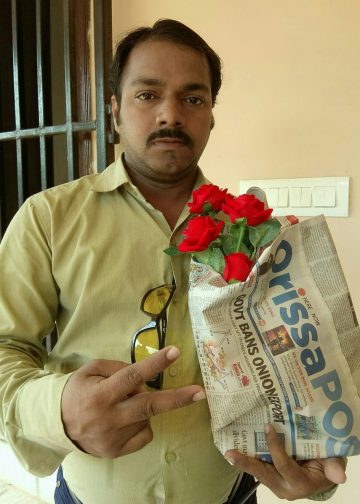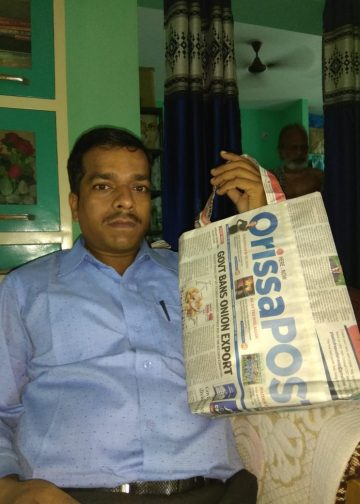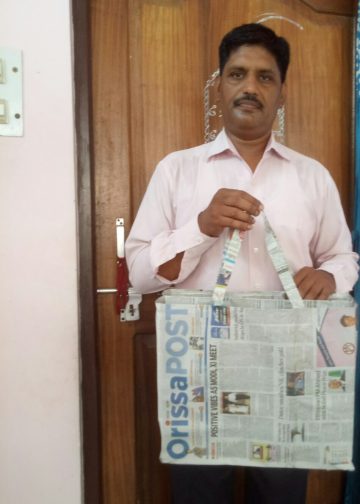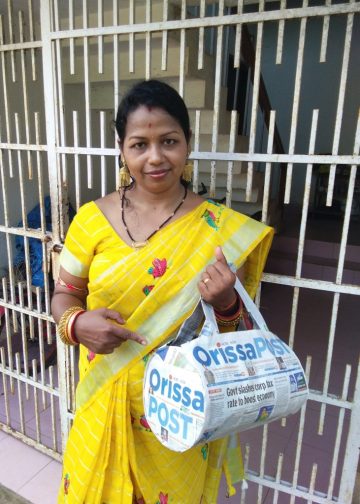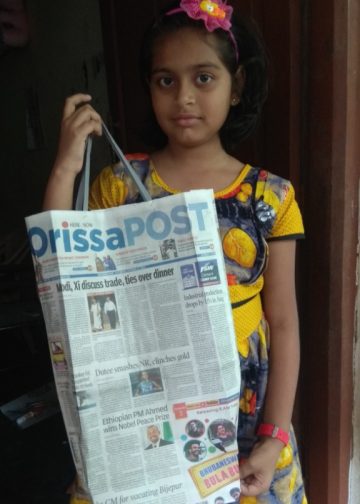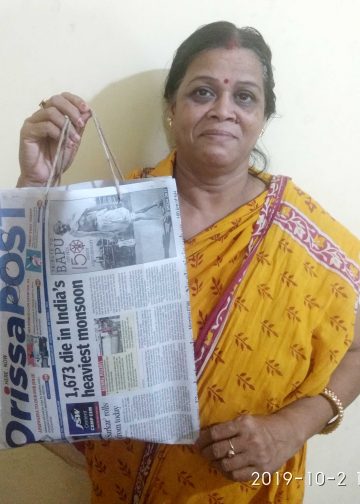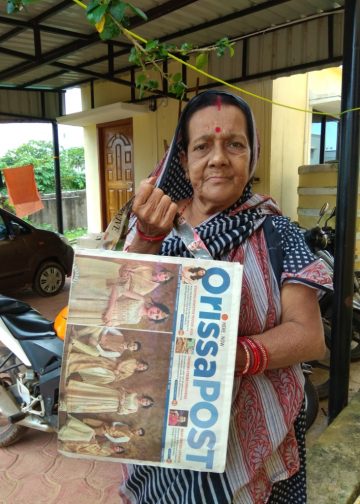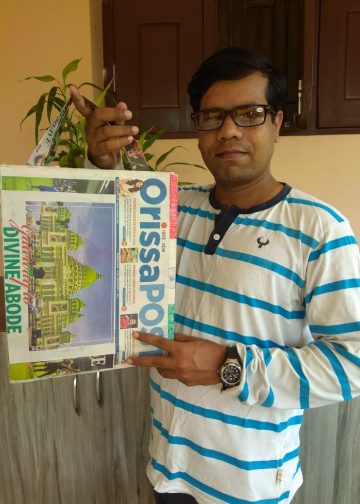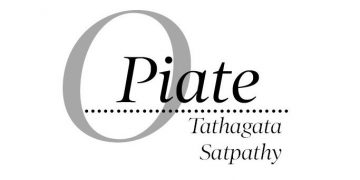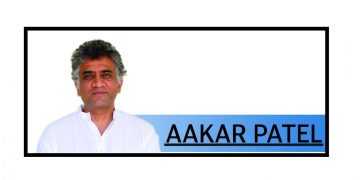2014 witnessed the General Elections, which put the BJP at the zenith of Indian politics. The elections were followed by Assembly elections in major states like Jammu and Kashmir, Haryana, etc. Also let’s add the approaching Delhi Assembly elections to the list. During the General Elections, the electronic, social and print media clamoured around the halo effect of Narendra Modi. The point here is to make the voters aware of the huge difference between the nature as well as the ‘necessity’ of parliamentary elections and assembly elections. India is a ‘Union of States’ and the federal structure takes care of Centre-state relations. Now that social media has become all pervasive in nature, and the news channels being 24X7 mediums, there is this constant quest for new stuff. Elections provide ample substance to these news channels, which prey on them through exit polls, news hour debates, etc.
Whenever there is an assembly election taking place in a state, the various aspects and paradigms of that state, which are indigenous factors, are showcased and brought to the forefront by the media. In states such as UP and Bihar, the elections get a lot of coverage not only due to the huge number of seats but also due to the varied nature of demography. Then you have a sensitive state like Jammu and Kashmir, which elicits a conflict between nationalist and separist sentiments. Coming to the south, you have the state of Tamil Nadu which highlights the debate about Hindi and the ‘unfair’ political leverage it enjoys. Maharashtra has ‘Hindutva’ at the root of its politics.
Politics in every state is driven by a ‘cause’ or a political ideology of the political parties and the voting pattern is subservient to either of them. One evening I saw news channels covering the Himachal Pradesh elections intensively. It was an eye-opener for me since many unknown aspects were discussed which played a major role in the elections. This brings into the picture the unfathomable agenda of bifurcating the assembly elections from the parliamentary elections in Orissa. One justifiable reason for holding the two elections together is curtailing state expenditure — elections are costly affairs. Orissa has always been seen condescendingly as a land of abject poverty. The squiggles of a precocious nature — super cyclones, pertinent floods, the ‘red menace’ — keep the state in the news all for the wrong reasons. For every person who resides outside the state, this is a little irritating. How does one explain the fact that Orissa is not all about floods, tribal people and Naxalites, but much more than that? One can do no better than point to the wide roads and the glittering street lamps in Bhubaneswar that can make any Mumbaikar or a Delhite envious. One can also point to the huge pool of talented youth who are exemplifying excellence in each and every sphere?
When assembly elections take place it provides the quintessential fodder to the ‘watering news channels’, which in turn draws the attention of the entire nation towards the state. Many MLAs and MPs, highly educated with a real purpose to serve society, have been working incessantly for the uplift of the masses. Such people deserve recognition. The election coverage by a major news channel will inevitably portray the real picture at the grassroot level: the issues (poverty, religion, caste) and the ideology (secularism, radicalism) on which elections are fought and won. Naveen Patnaik has the mandate of the people since the last 15 years, but his popularity has also taken a beating after the coal scam, chit fund scam, etc. Many of his ministers have been nabbed by CBI sleuths. The coal scam (which came to light before the 2014 elections) obliterated the Congress party at the Centre, but failed to touch Patnaik. The reason may be multifold — the plethora of welfare schemes, or the ‘money power’ used during the elections (the reason given by the Opposition), or the lack of a credible Opposition. A vibrant democracy means that the people should have options to choose from, but here in Orissa, the Opposition has been completely decimated by the ruling party. The Leader of Opposition in the house joined BJD days before the elections.
So, when the parliamentary and assembly elections are held simultaneously, the real Orissa is prohibited from coming to the forefront. People get confused and vote for the same party in both the forms, which produces far reaching implications. BJD being a non-UPA and non-NDA party, won 20 of the 21 parliamentary seats. This huge margin makes no rationale at the national level and hence voting patterns should be based upon a clear demarcation of state and national choices.
To have a credible opposition, the BJP and Congress should start taking Orissa seriously. A credible Opposition is something we so direly need for the wheels of democracy to go on rolling smoothly.
Contribution by Sourajeet Pradhani






